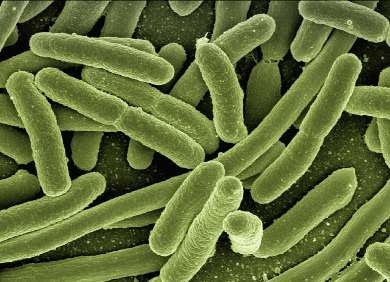What is Melioidosis?
Melioidosis is a serious bacterial infection caused by a germ called Burkholderia pseudomallei. This germ is commonly found in soil and water, especially in tropical and subtropical regions. While melioidosis is not very common, it can be very dangerous if not treated properly.
How Does Melioidosis Spread?
The bacteria that cause melioidosis live in the environment, particularly in soil and water. People can get infected with melioidosis if they come into contact with contaminated soil or water. This can happen through cuts or wounds on the skin, by inhaling contaminated dust or water droplets, or by drinking contaminated water.
Symptoms of Melioidosis
Melioidosis can cause a wide range of symptoms, which can vary from person to person. Some people may have mild symptoms, while others may become very sick. Common symptoms of melioidosis include:
Fever
Headache
Muscle aches and joint pain
Cough
Difficulty breathing
Chest pain
Stomach pain
Skin infections or sores
In severe cases, melioidosis can lead to pneumonia (a lung infection), abscesses (pockets of pus) in various organs such as the liver, spleen, or kidneys, and even septic shock, which is a life-threatening condition.
Diagnosis of Melioidosis
Diagnosing melioidosis can be challenging because its symptoms can be similar to those of other infections. Doctors may use a combination of tests to diagnose melioidosis, including blood tests, imaging studies (like X-rays or CT scans), and cultures of body fluids or tissues to identify the bacteria.
Treatment for Melioidosis
Treating melioidosis usually involves a long course of antibiotics. In severe cases, antibiotics may need to be given intravenously (through a vein) in the hospital. Because the bacteria that cause melioidosis can be resistant to many antibiotics, doctors may need to adjust the treatment based on the results of laboratory tests and the patient's response to treatment.
Prevention of Melioidosis
Preventing melioidosis involves taking steps to avoid exposure to the bacteria that cause the infection. This includes:
Avoiding contact with soil and water in areas where melioidosis is common, especially during the rainy season.
Wearing protective clothing, such as boots and gloves, when working in soil or mud.
Using clean, treated water for drinking and cooking, especially in areas where melioidosis is known to occur.
Seeking medical attention promptly if you develop symptoms of melioidosis, especially if you have been in an area where the infection is common.
Conclusion
Melioidosis is a serious bacterial infection that can cause a wide range of symptoms, from mild to severe. It is caused by bacteria found in soil and water in tropical and subtropical regions. Early diagnosis and treatment are important for improving outcomes and reducing the risk of complications. Taking steps to prevent exposure to the bacteria can also help reduce the risk of infection. If you have any concerns about melioidosis or develop symptoms of the infection, it's important to seek medical advice promptly.


ConversionConversion EmoticonEmoticon